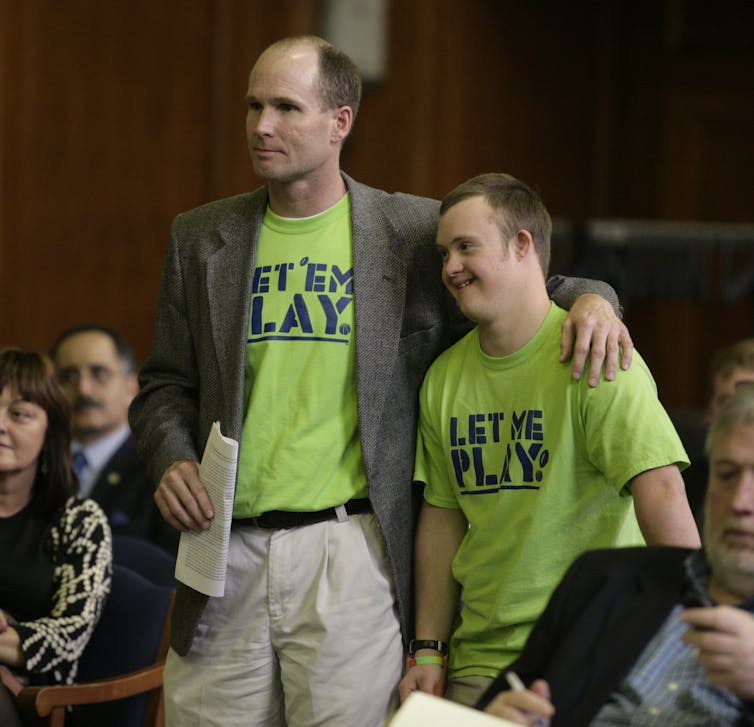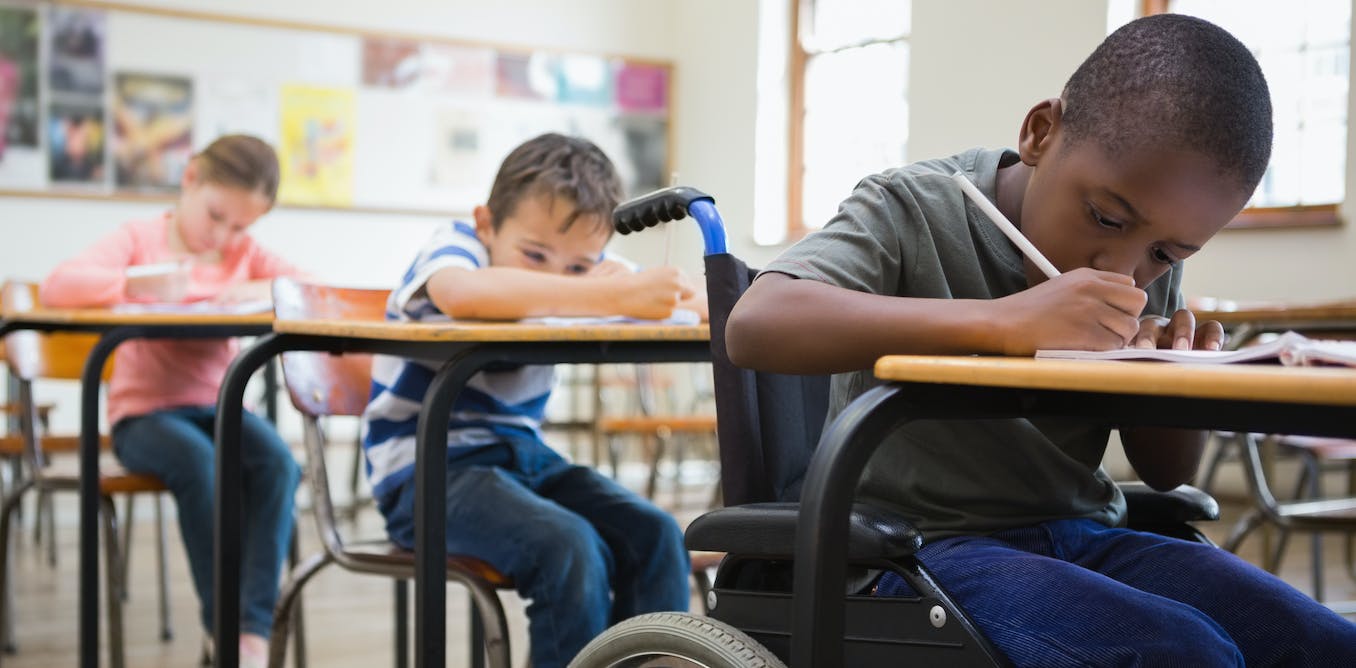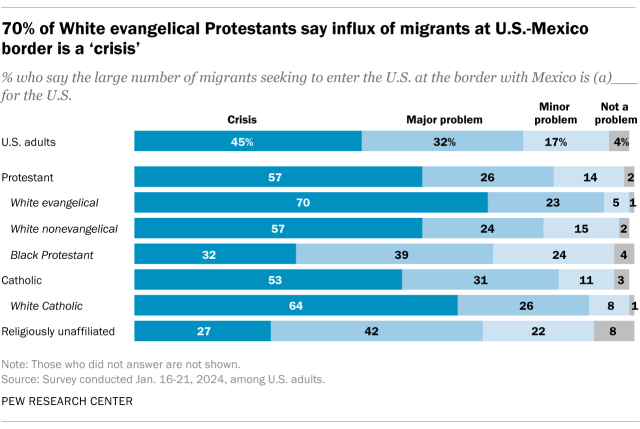The connection between language and meaning has been well established. The language we use is directly related to the way we view and treat others. Inclusive language is imperative to achieve equitable change, grounded in human rights and social justice.
Many countries today have laws protecting against the use of any language that incites or wilfully promotes hatred against an identifiable group.
Many municipalities, organizations and school boards have established inclusive language guides.
Although the scope of these laws vary, what they have in common is recognizing the gravity of language.
And yet, who decides on the right words? My research has considered this question with regards to disability in kindergarten to Grade 12 education.
A community’s own expertise
Preferences regarding disability-related language are established by the disability community.
These preferences are distilled over time through an ebb and flow of factors including advocacy and allyship, grassroots activism, legal and legislative proceedings and empirical research.
In Canada, the Canadian Charter of Rights and Freedoms guarantees the rights of individuals by enshrining those rights, and certain limits on them, in the highest law of the land. The Charter protects against discrimination, including disability hate speech.
Internationally, the United Nations Convention on the Rights of Persons with Disabilities (UNCRPD), of which Canada is a primary signatory, aims to protect the rights and dignity of persons with disabilities without discrimination and on an equal basis with others. Parties to the UNCPRD are required to promote and ensure the full enjoyment of human rights for people with disabilities, including full equality under the law.
Terminology about any community must reflect their autonomy, preference and ideals.
The disabled community has been subjected not only to paternalism but also eugenics.
Policymakers across society have ignored their inherent expertise.
Systemic ableism in schools
In a recent study involving adults with disabilities reflecting on their experiences in kindergarten to Grade 12 education in the United States, researcher
Carlyn O. Mueller found schools continue to lag behind in terms of:
- a lack of disability representation in K-12 curriculum;
- a lack of disability community in K-12 schools;
- a lack of school staff with disabilities.

(AP Photo/Al Goldis)
These findings remain consistent today with what I have observed about systemic ableism in Canadian schools and in current research in the field of inclusive education and disability studies.
Kindergarten to Grade 12 schooling is often stigmatizing for students with disabilities. Ableist slurs continue, and segregationist practices abound while disability representation in staff, programming and curriculum remains limited at best.
A community
The disability community is the largest diversity-equity group globally. It’s also one that many of us will join throughout our lifetime.
It is important to remember disability is not synonymous with notions of lacking, charity or pity.
Think disability is a tragedy? We pity you
Nor do disabled people need to be fixed through interventions. Rather, disability is part of the human experience.
Moving away from derogatory terms, such as “special” and “exceptional” is important. This promotes positive representation for people within the disability community, and respects their human rights.
Human rights perspectives stress that our society recognizes and names disability as the consequence of a person interacting with an environment that does not accommodate their differences.
This lack of accommodation impedes participation in society. Inequality is due to the inability of society to eliminate barriers challenging persons with disabilities.

(AP Photo/Amel Emric)
Some terminology
The following is some terminology that schools and communities can use to promote inclusivity:
Neurodiversity and neurodivergence: Neurodiversity, originating in the autism community, reflects the notion that all “bodyminds” work in diverse ways. As noted by the Critical Disability Studies Collective at University of Minnesota, the terms neurodiversity and neurodivergence “come from autistic communities, who have welcomed folks with other marginalized brain/bodyminds to use them, including but not limited to people with cognitive, brain injury, epilepsy, learning and mental health disabilities.”
Ableism advances the belief that “typical” abilities are normal and superior. Ableism assumes disabled people need to be fixed and an ableist attitude defines people as lesser while including harmful stereotypes about disabilities. Ableism often leads to discriminatory beliefs, attitudes and actions often resulting in segregationist and exclusionary measures.
The medical model of disability says people are disabled by their impairments or differences. Under the medical model, impairment is equated with being broken and in need of a fix. Even when the impairment or difference does not cause pain or illness, the individual is considered lesser. The medical model lens can lead to stigma and may be considered a prelude to ableism.
The social model of disability: Created by disabled people, the social model argues humans naturally come in a variety of bodyminds, which are changed and shaped by our environment. Disability is part of the human experience. The social model argues that nothing is wrong with the disabled bodymind but that inaccessible structures, systems and attitudes of society are the issue that need fixing. The social model sets the foundation for equitable approaches for inclusion.
Wheelchair user/rider: Those who use a wheelchair.
Educators, scholars, and allies must demand disability-appropriate terminology and representation in all K-12 schools.




